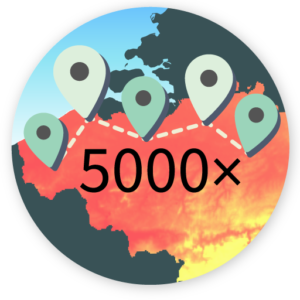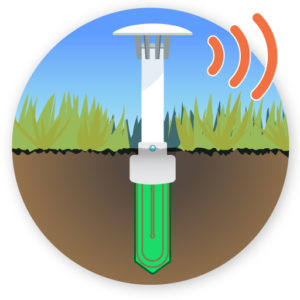For several years in a row, heat and drought records have tumbled one after the other. Our summers are getting hotter and drier, and we are increasingly affected by these extreme weather events. You’ve probably noticed it in your garden: dry patches appear in the lawn, or trees lose their leaves prematurely during a heat wave. But farmers and managers of nature reserves are also increasingly seeing the direct consequences of heat and drought.
CurieuzeNeuzen In De Tuin (Curious Noses In The Garden)
About the research project
‘CurieuzeNeuzen in de Tuin’ explores how we can better deal with the effects of increasingly hot and dry summers. How do we ensure that our garden remains cool during a heat wave? And how do we better arm our gardens, as well as our parks, fields and natural areas, against drought?
Answering these questions will require detailed mapping of heat and drought all over Flanders, but collecting so much data presents a challenge. For this reason, CurieuzeNeuzen is appealing to 5,000 citizen scientists for assistance.
‘CurieuzeNeuzen in de Tuin’ will yield an internationally unique dataset that will provide scientists with a much better understanding of how drought-prone our gardens, parks, natural and agricultural areas really are. The project is part of the international SoilTemp project, which aims to establish a global network of soil weather stations. The 5,000 measurement sites in the CurieuzeNeuzen project will provide a considerable data injection into the SoilTemp database.
Drought and heat are scientifically complex problems: there are many factors that cause your garden to be cooler or drier than your neighbour’s. The scientific strength of CurieuzeNeuzen lies in the sheer number of measuring points. By engaging thousands of enthusiastic citizen scientists, we will obtain an exceptionally large dataset. This “big data” provides great statistical power, allowing us to more easily identify the factors responsible for heat and drought.














